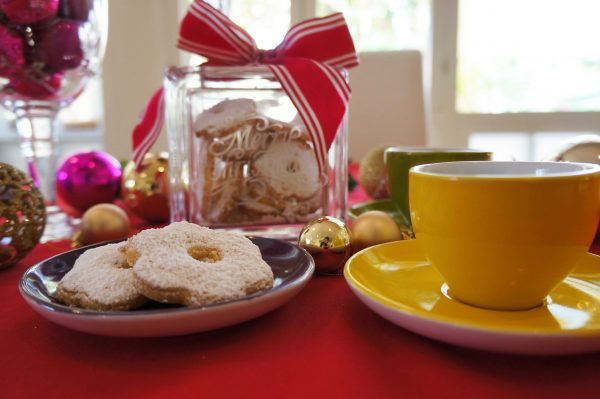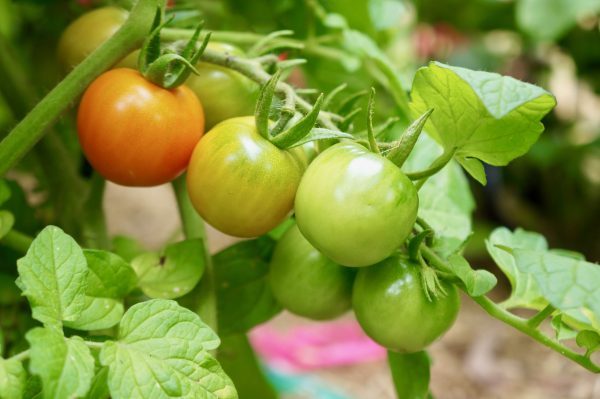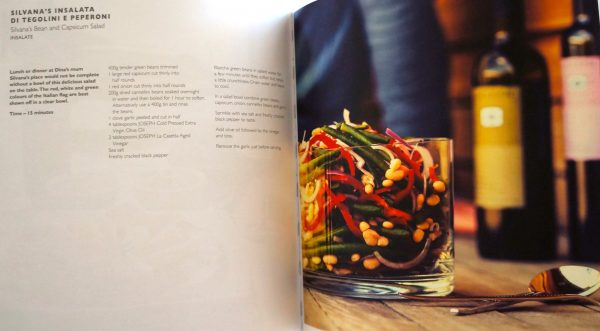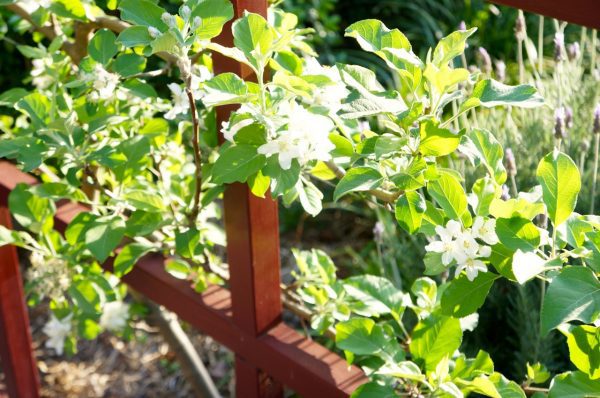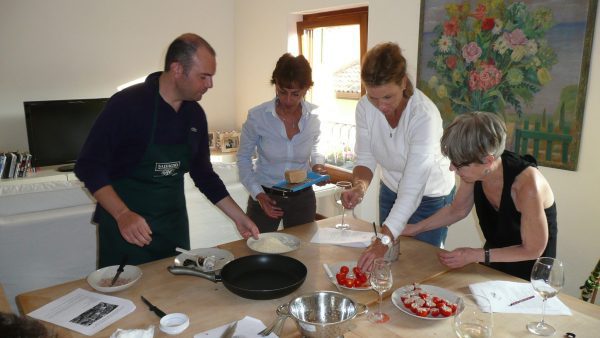Wherever in the world you are, from Australia, we wish you peace and happiness with your family and friends for the festive season. Buon Natale!
Continue ReadingItalian journeys
Christmas Canestrelli
‘Tis the season to be jolly and to continue my Italian summer theme, I’m baking some Christmas canestrelli. These deliciously buttery cookies are originally from the Italian region of Liguria. They are gifts for friends but I’m concerned they won’t last long enough!
Continue ReadingYou say tomato, I think Italiano
When you say tomato, I think Italiano. To me, those bright red globes are quintessential Italiano summer fruits.
Continue ReadingRecipes for my Italian summer
To live like an Italian, one has to cook like one. I’m on the hunt for recipes for my Italian summer. Luckily, I have help from lots of amazing chefs!
Continue ReadingThe foundations for an Italian summer
I’m planning to live like an Italian for the summer. And a lot of it is about eating! This means preparing my garden for an abundant Italian summer. The soil has to be enriched, seed sown and there are herbs to be grown.
Continue ReadingHow to live like an Italian
How do you live like an Italian when you’re not in Italy?
Continue ReadingRediscovering the Italian language mojo
It’s been a challenge to practice my Italian in Adelaide. I think I just may have rediscovered the Italian language mojo.
Continue ReadingLeaving a place
We leave something of ourselves behind when we leave a place . . .
Continue Reading

